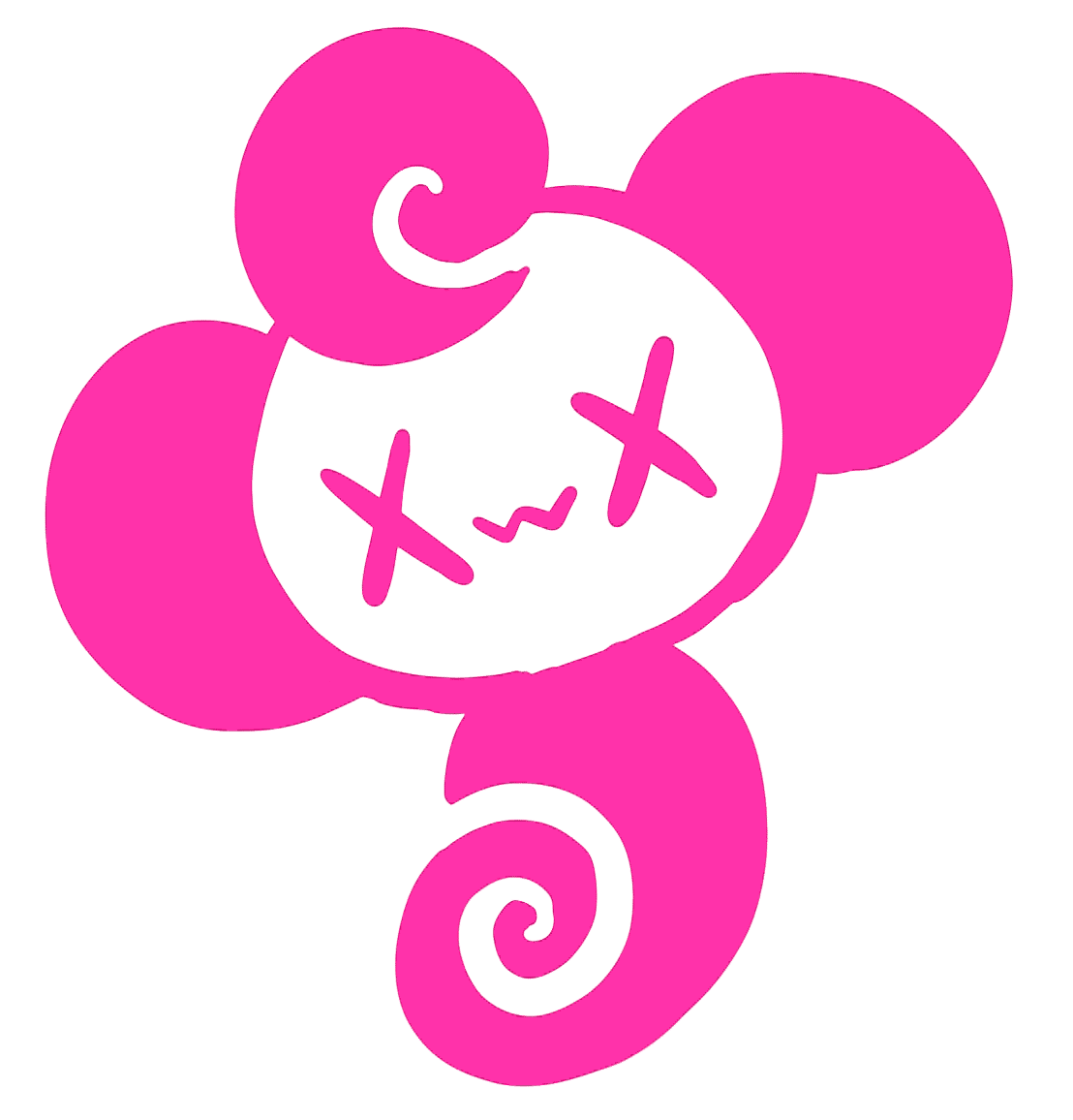
We were going to make a joke about the color spectrum, but making fun of disabilities is in bad taste...
The Science of Color: Why It Actually Works

Science says it works, and science is 100% proven to never, ever lie!
Research shows that colors influence emotions and behaviors. For example:
- Red increases heart rate and creates urgency. This is why you see it plastered over sale banners—it’s like a visual alarm bell for your wallet.
- Blue is calming and trustworthy. It’s often used by banks and tech brands because, let’s face it, no one trusts a neon-pink investment firm.
- Yellow is cheerful and attention-grabbing, but it can also scream “Look at me!” a little too loudly.
According to a 2006 study in the Journal of the Academy of Marketing Science, up to 90% of snap judgments about products are based on color alone. That means your palette is working overtime—even if you don’t realize it.
Red: The “STOP… and Buy Something” Color

Red is the most aggressive color of all!!!! AAAAARRRRRGGGGHHHHHHHH!!!!!!
Red is bold, attention-grabbing, and slightly aggressive. It creates a sense of urgency (which is why sales banners love it). Studies have shown red can increase heart rate and stimulate action—perfect for flash sales or “limited-time offers.”
Pro Tip: Use red for call-to-action buttons or to highlight discounts. Think “Buy Now,” not “Our Entire Website Is Red.”
Blue: Trust Us, We’re Professionals

Blue makes people think, 'I should shop here, because unlike my family and friends, this store will never emotionally ghost me.'
Blue is the color of trust and calmness. A 2014 study in Color Psychology revealed that blue evokes feelings of reliability and competence. This is why blue dominates industries like tech, finance, and healthcare—basically anywhere people want to feel secure about their choices.
Pro Tip: Pair light blue with white for a clean, refreshing vibe—or darker blues for a more professional, established feel.
Yellow: The Friendly, But Annoying Sibling
 There is nothing good about yellow. It is without a doubt, the worst color.
There is nothing good about yellow. It is without a doubt, the worst color.
Yellow evokes happiness and optimism, but it’s a double-edged sword. It’s attention-grabbing but can also feel overwhelming in large doses (like a party guest who doesn’t know when to leave).
Pro Tip: Use yellow sparingly for accents—like buttons or borders. Your customers will appreciate the cheer without the chaos.
Black: The Cool Kid in the Room
 Orange is the new black. And so is purple. Not pink though, pink is never black.
Orange is the new black. And so is purple. Not pink though, pink is never black.
Black is the color of luxury, sophistication, and exclusivity. It’s why high-end brands love it. According to Psychology Today (which is a popular psychology magazine and not a 'peer reviewed journal' so, uh, take this with a grain of black salt), the color black communicates power and status --perfect for upscale fashion, tech gadgets, or anything that costs more than your rent!
Pro Tip: Pair black with metallics (gold, silver) for an extra luxe feel, or with white for timeless minimalism.
Green: The “We’re Chill and Probably Eco-Friendly” Option

We tried to get an image of a hippy wearing green, but nothing came up. What has this world come to?
Green is all about nature, health, and eco-conscious vibes. It’s also the color of money, which might explain why it helps customers feel better about spending theirs. Studies show green evokes calmness and positivity --great for wellness, sustainability, or outdoor brands.
Pro Tip: Combine green with soft browns or neutral tones for an earthy, grounded look.
The Cultural Catch: Color Isn’t Universal

One country’s purity is another’s bad juju.
Remember, color meanings aren’t universal. For example:
- White symbolizes purity in Western cultures but is associated with mourning in parts of Asia.
- Green screams “eco-friendly” in some places, but in others, it might just scream “envy.”
Always consider your target audience’s cultural context when choosing your palette.
Final Thoughts: Your Colors Speak Louder Than Words

Unfortunately, only a few of your customers will be colorblind. For the rest, you'll have to choose wisely.
The colors you choose for your e-commerce store aren’t just a design decision --they’re a direct line to your customers’ emotions (and by extension, their wallets). Whether you’re going for “friendly and fun” or “trustworthy and professional,” keep in mind that the right hues can turn casual browsers into paying customers!
P.S. Need help focusing on what really matters --like not scaring your customers away with bad design choices? At Mix-Mix Mail, we specialize in making e-commerce fulfillment easy, so you can focus on perfecting your store’s vibe. Let’s team up and make your business stand out for the right reasons!

